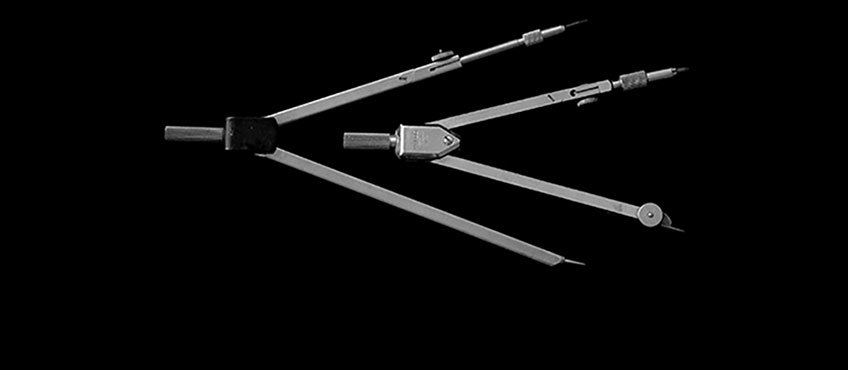Quickly and easily monitor track changes in Excel
Microsoft's Track Changes function allows revisions to be made to a document and keeps a complete record of all changes made. This can be useful if you've created a business document, such as a business plan, that you would like a coworker to revise and proofread. All your coworker needs to do is turn on the Track Changes function and all of the changes that he or she makes will be recorded. Once the document has been returned to you, you can easily accept or reject each change as you see fit.
While Track Changes is most often used in Microsoft Word, Excel also contains this useful feature. The following is a step-by-step guide to tracking changes in Microsoft Excel 2007. We also have a guide for using Track Changes in Microsoft Excel 2010 and Excel 2013.
Turning on Track Changes in Excel
- Open an Excel document and click on the Review tab.
- Click the Track Changes button (located on the far right).
- A small drop-down menu will now appear. Click on Highlight Changes.
- In the dialogue box that opens, check the box next to Track changes while editing.
- You now have the following options:
- The When option allows you to determine when Excel should track changes. Selecting All means that every change will be tracked. You also have the choice of highlighting changes since the last time you saved, since a particular date, or since changes were made that have not yet been reviewed.
- Selecting the Who option allows you to determine which user's changes should be tracked. You have the option of choosing Everyone or Everyone but Me.
- The Where option allows you to specify the range of cells wherein changes will be tracked.
- Lastly, you can check or uncheck the Highlight changes on screen option, depending on whether or not you want others to know that you are tracking changes (changes can also be listed on a new sheet; instructions for this option are listed below).
- After you have made your selections, click OK.
Why is this useful?
Tracking changes in Excel is less about editing and more about remaining aware of work that is being performed on a document by one or more users. For example, if you have an Excel document that needs to be worked on by a number of people, you would create the document, follow the instructions above, and uncheck the Highlight changes on screen option.
You would then send the document to all the people assigned to work on it; all of their changes will be recorded, although they won't see this on the screen (remember, you've unchecked the Highlight changes on screen option). When the document is returned to you, it's simply a matter of turning the Highlight changes on screen option back on, and reviewing the work that was performed.
How to accept the tracked changes in Excel
Now, if you click on a cell that has been changed, a pop-up window will show you the new value (i.e., the changed value), the old value, and the time that the value was changed. You can then click on Track Changes again and select Accept/Reject Changes.
After clicking Accept/Reject Changes, click OK. Another pop-up will appear at this point, asking you to select the changes that should be accepted or rejected (you're then given the choice of selecting the changes based on the aforementioned three options: When, Who, and Where). Excel will then begin showing you every change that was made in the business writing, based on which option you have selected, asking you to accept or reject each one.
After you have gone through each change and accepted or rejected it, click on the Track Changes drop-down menu again, selecting the Highlight Changes option. A new feature will now be available in the menu asking you if you would like to List changes on a new sheet. If you click OK, all the changes made to the document will be shown in a new sheet, making it very simple to quickly survey a large amount of information.
There are two important points that you should remember when tracking changes in Excel:
- If you have a document with tracked cells, turning Track Changes off will automatically accept the changes that were made; they will not appear as tracked changes in subsequent versions of the document. This means that if you want to keep a record of the changes made to the document, be sure to save it before turning Track Changes off.
- When you open a tracked Excel document, be aware that you may not be seeing all the changes made to the document. This is because the default setting in Excel shows only the tracked changes made since the last time the document was saved. To see all changes in the document, simply choose All in the When section of the Track Changes dialogue box.
There you have it! Tracking changes in Excel is easy once you know the steps discussed above. However, should you have any problems revising a document created in Excel, our business proofreaders are available around the clock for all your business proofreading needs.
Image source: Pexels/Pixabay.com



